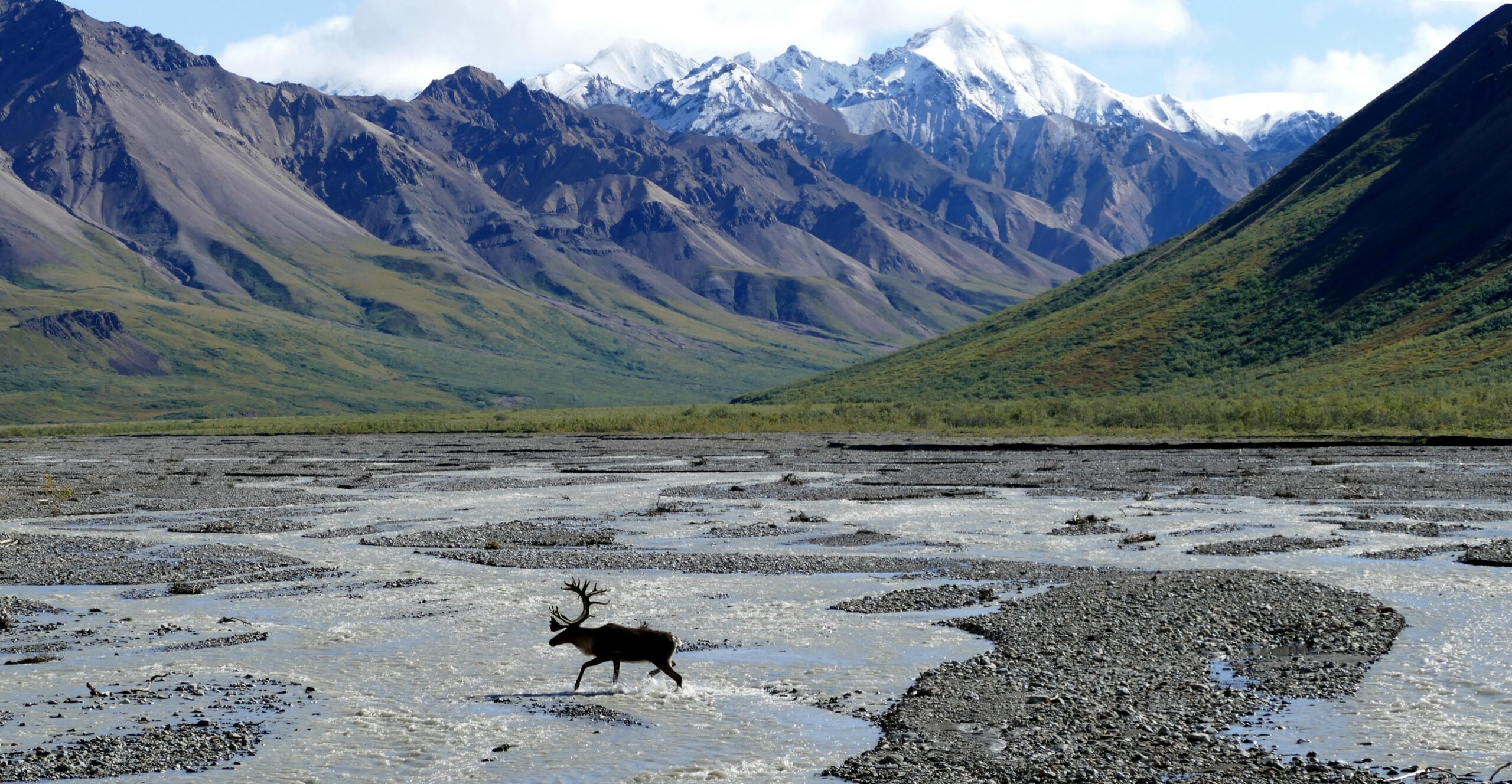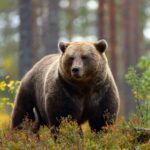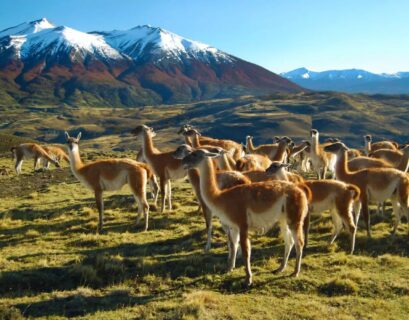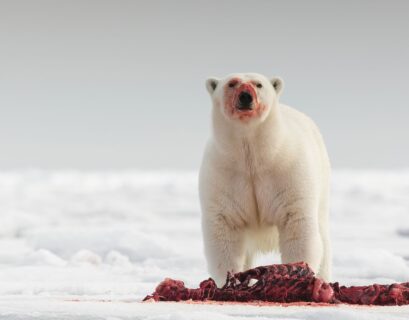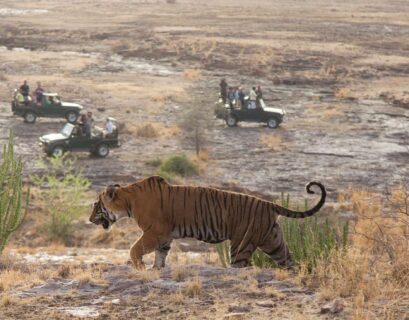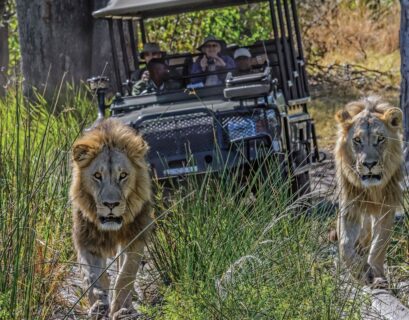The Arctic National Wildlife Refuge (ANWR), located in the northeastern corner of Alaska, is one of the most remote and unspoiled natural areas in the United States. Covering over 19 million acres, this vast refuge is a sanctuary for wildlife and a haven for nature enthusiasts seeking solitude and adventure. Here’s an introduction to the Arctic National Wildlife Refuge and why it stands out as a unique and essential part of America’s natural heritage.
A Sanctuary for Wildlife
ANWR is renowned for its incredible biodiversity, providing a critical habitat for a wide range of species. The refuge spans several distinct ecosystems, from coastal plains and boreal forests to mountainous regions and tundra, each supporting a unique array of wildlife.
Iconic Mammals
Caribou: One of the most iconic species in ANWR is the Porcupine caribou herd, which migrates across the refuge each year. This migration is one of the longest of any land mammal and is a spectacular sight. The caribou are vital to the cultural and subsistence practices of the indigenous Gwich’in people, who refer to the coastal plain as “The Sacred Place Where Life Begins.”
Polar Bears: The coastal areas of ANWR are crucial denning grounds for polar bears. Pregnant females come here to give birth and raise their cubs in relative safety. As climate change impacts sea ice, these coastal habitats become increasingly important for the survival of polar bears.
Musk Oxen and Wolves: The refuge is also home to musk oxen, an ancient species that has roamed the Arctic for millennia. Wolves are another key predator in ANWR, often seen hunting in packs and maintaining the balance of the ecosystem.
Avian Diversity
Birdwatchers will find ANWR to be a paradise, especially during the summer months when millions of migratory birds flock to the refuge. Species such as the snowy owl, tundra swan, and various shorebirds nest and feed in the vast wetlands. The arrival of these birds adds a dynamic and colorful dimension to the Arctic landscape.
Breathtaking Landscapes
The Arctic National Wildlife Refuge is a land of striking contrasts and breathtaking beauty. Its landscapes range from the rugged peaks of the Brooks Range to the expansive coastal plains and serene river valleys.
The Brooks Range
This mountain range forms the northernmost part of the Rocky Mountains and provides a dramatic backdrop to the refuge. The peaks are often snow-capped, even in summer, and the valleys and foothills are dotted with wildflowers and pristine rivers.
Coastal Plains
The coastal plain, also known as the 1002 Area, is a flat, treeless expanse that stretches to the Arctic Ocean. This area is particularly sensitive and important for wildlife, especially for the calving grounds of the Porcupine caribou herd and the denning of polar bears.
Rivers and Wetlands
ANWR is crisscrossed by numerous rivers, including the Canning, Kongakut, and Hulahula Rivers. These waterways support rich ecosystems and provide vital resources for both wildlife and human visitors. The wetlands are teeming with life, from aquatic plants to insects and fish, creating a thriving environment during the brief Arctic summer.
Cultural Heritage
The Arctic National Wildlife Refuge is not only a natural treasure but also a region with deep cultural significance. Indigenous peoples, including the Gwich’in and Inupiat, have lived in harmony with this land for thousands of years. Their knowledge, traditions, and subsistence practices are integral to the identity and stewardship of the refuge.
The Gwich’in people, in particular, have a profound connection to the Porcupine caribou herd, relying on them for food, clothing, and cultural practices. Protecting the caribou’s calving grounds is a matter of cultural survival for the Gwich’in, and their voices are essential in the ongoing discussions about the future of ANWR.
Adventure and Solitude
For those seeking adventure and solitude, the Arctic National Wildlife Refuge offers unparalleled opportunities. Its remote location and vast wilderness provide a perfect setting for a range of outdoor activities.
Hiking and Backpacking
Hiking and backpacking in ANWR offer a chance to experience true wilderness. There are no established trails, so visitors must navigate using maps and compasses. This level of adventure appeals to seasoned hikers and backpackers looking for a challenge and the chance to explore untouched landscapes.
Wildlife Viewing
Wildlife viewing in ANWR is extraordinary. Visitors can see a diverse array of animals in their natural habitats, often without the presence of large crowds. Whether observing caribou migrations, spotting polar bears along the coast, or watching birds in the wetlands, the refuge provides unforgettable wildlife encounters.
River Rafting
The refuge’s rivers offer excellent opportunities for rafting and kayaking. Floating down the Kongakut or Hulahula Rivers allows visitors to see the refuge from a unique perspective, with the chance to spot wildlife and enjoy the stunning scenery from the water.
Conservation Efforts
The Arctic National Wildlife Refuge is a symbol of conservation, representing the importance of preserving wild places for future generations. However, it faces significant threats from proposed oil and gas drilling, which could have devastating impacts on its ecosystems and wildlife.
Protecting the Refuge
Efforts to protect ANWR have been ongoing for decades, involving environmental organizations, indigenous communities, and concerned citizens. These groups advocate for the refuge’s preservation, emphasizing its ecological, cultural, and intrinsic value. Protecting ANWR is crucial not only for the wildlife that depend on it but also for maintaining the natural heritage of the United States.
Planning Your Visit
Visiting the Arctic National Wildlife Refuge requires careful planning due to its remote location and lack of infrastructure. Access is typically by small plane, and visitors must be self-sufficient, bringing all necessary supplies and equipment.
The best time to visit is during the summer months (June to August), when the weather is milder, and wildlife is most active. Permits are required for certain activities, so it’s important to check regulations and obtain any necessary permissions before embarking on your adventure.
Conclusion
The Arctic National Wildlife Refuge is a pristine wilderness that offers a glimpse into the beauty and complexity of the natural world. From its diverse wildlife and stunning landscapes to its cultural significance and opportunities for adventure, ANWR is a place of profound importance. Whether you’re a wildlife enthusiast, an avid adventurer, or someone who simply appreciates the value of unspoiled nature, the Arctic National Wildlife Refuge is a destination that promises an experience like no other.

